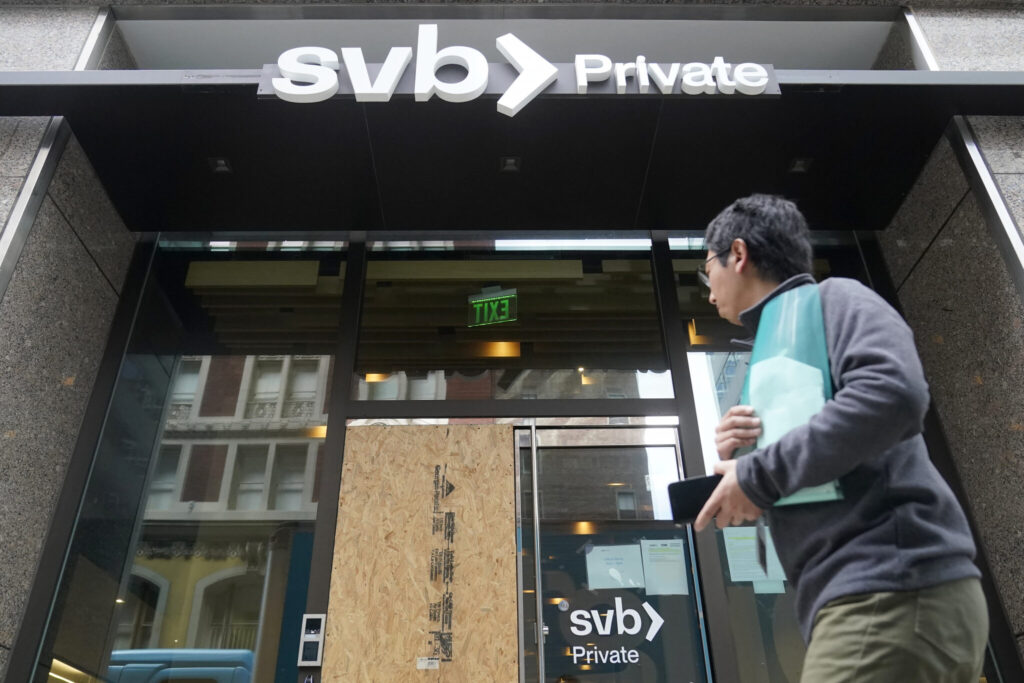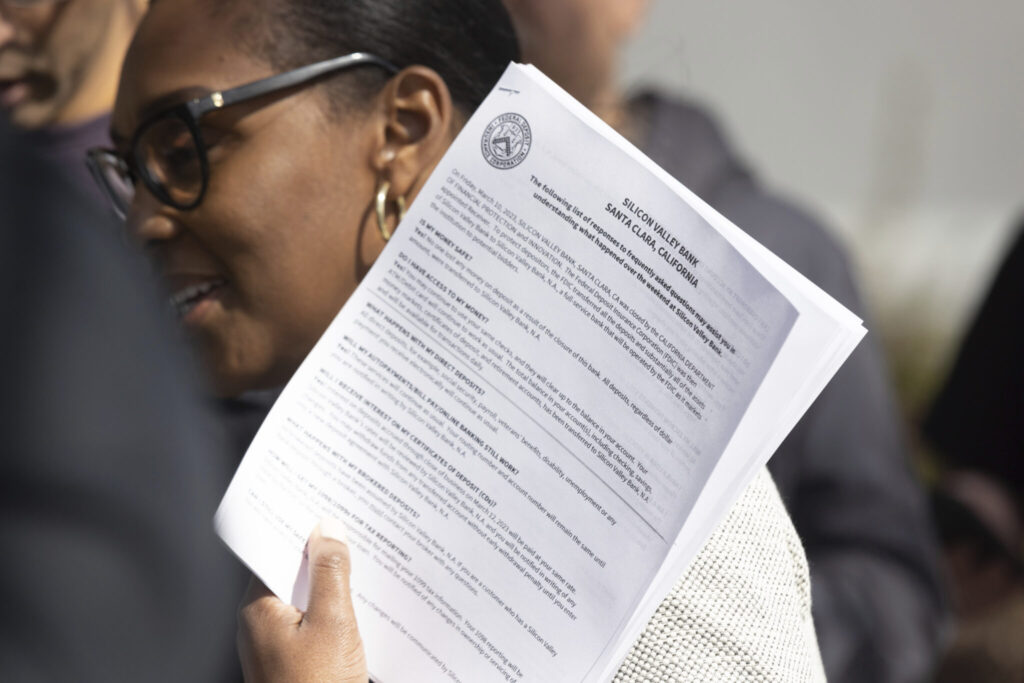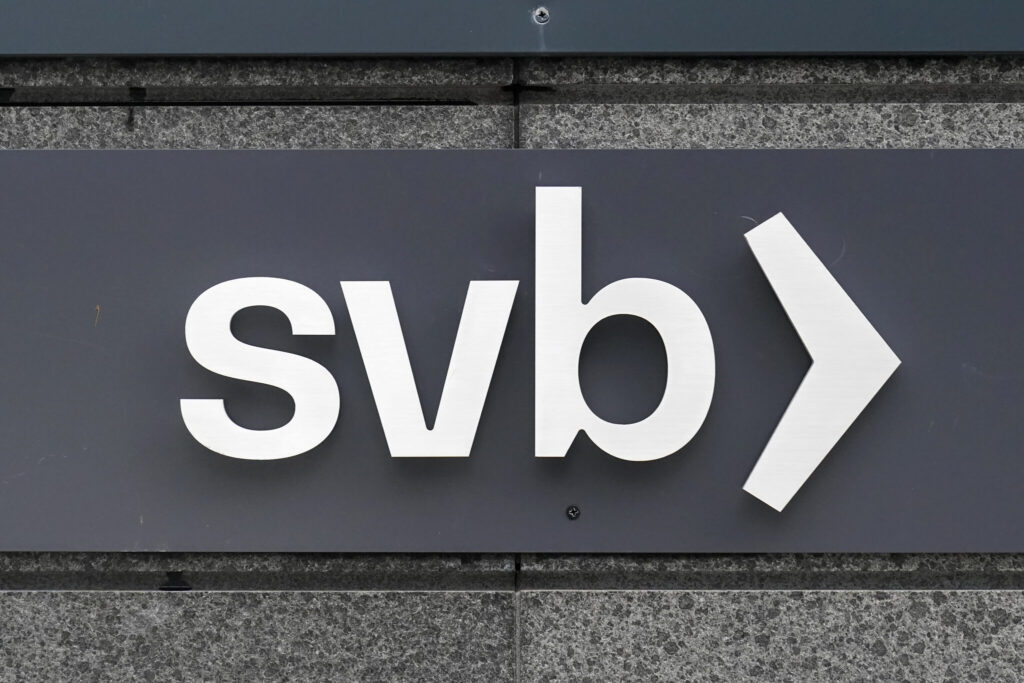Silicon Valley Bank and similarities to the fall of 2008
The 2007–2008 financial crisis, or Global Financial Crisis (GFC), and the March 2023 collapse of Silicon Valley Bank (SVB) have many similarities and differences. Both happened during a period of economic recession in the United States. They occurred while inflation was high in the U.S. economy, and the Federal Reserve Bank was hiking interest rates to reduce high demand, which was one cause of inflation. The two economic challenges were and are yielding more significant unemployment. The two crises have raised questions on the stability of the United States’ financial institutions and system, the strength and weakness of the American economy, and how the performance of the U.S. economy impacts the world economy positively or negatively.
The origin of the two crises is very much dissimilar. In 2007, easy lending to low-income buyers of new homes and high-risk-taking policies by many banks made housing more affordable to many families. However, these families needed help to repay the installments on the borrowed housing loans.
The United States Congress was to be blamed partially for this wrong policy since it encouraged cheap loans to help the American people purchase real estate, particularly houses. The financial contracts honored by the United States Government that embodied the values of these loans, known as mortgage-backed securities (MBS), were lowered in value, which was a blow to the American real estate market. Lehman Brothers, an American financial services company, declared bankruptcy on September 15, 2008. This was the highlight of that financial crisis.
On the other hand, Silicon Valley Bank was America’s 16th largest commercial bank. It granted loans to nearly half of all U.S. venture capital companies investing in high-tech startups. It grew further during the Corona pandemic because working at home boosted the need for more digital applications.

Like the financial crisis of 2008, loans were low-cost to technology firms, the same way borrowing was an easy run on the banks for investing by their clients in the housing market. From 2019 to 2023, SVB’s capital and assets increased from 72 billion to 220 billion dollars. Deposits rose from 62 to 198 billion dollars in the same period. The bank invested in bonds.
Nevertheless, the bonds lost value as the Fed Reserve raised interest rates. SVB lost 2.25 billion dollars when it sold some of its securities. It should have raised more money. Tech startups were confronting difficulties paying back high-interest rates on the loans they received from Silicon Valley Bank. Its stock plummeted to a 60% loss, halting its trading in the stock exchange. In 48 hours before Federal regulators seized it on March 10, depositors pulled 2.5 billion dollars from the bank’s shares.
Despite the quicker action of the economic fall of Silicon Valley Bank compared with the demise of big financial groups 15 years earlier, the big difference between the two crises is the absence so far of a contagion effect. This means that the harmful sway and hold of more banks crumbling in 2023 is more contained than what was the case in 2008. Right after the Great Recession of 2008, Congress passed many legislations such as the October 3, $800 billion Emergency Economic Stabilization Act, the American Recovery and Reinvestment Act of 2009, and the Dodd–Frank Wall Street Reform and Consumer Protection Act in June 2010.
Five economic facts stand out, clearly differentiating between the two crises. After 2008, Congress passed a law that big banks should not be considered too big to fall. Silicon Valley Bank proved this economic principle to be true. It was too big, and it did fail. But Congress will not write any newer laws.
Second, the prices of most stocks in America are high. Therefore, those buying stocks will have more financial protection even if their stock-buying investment does not yield significant profits. Hence, the U.S. economy will be safer in 2023 than how it was in 2008. This also ensures an economic side effect and the implication that Europe will not have a financial crisis now the way it had in 2008.
Third, there is a big contradiction between the emergence of new technologies, such as AI ChatGPT, that require more hiring of tech workers, and the significant layoffs the high-tech industrial sector is experiencing, for example, by the crashing of Silicon Valley Bank. This indicates that unemployment will be a more severe problem in 2023 than in 2008.
Fourth and most importantly, the housing market will be fine in 2023, as it disintegrated in 2008. In this regard, and according to Finance Yahoo, “It’s not like 2008, because the growth we have seen in the past few years wasn’t based on ARM mortgages being given to people who couldn’t afford them,” said real estate professional Tomas Satas, founder, and CEO of Windy City Home buyer. “We will still see people upside-down in their mortgages and some foreclosures, but it will be a fraction of what we experienced back then. We’ve already seen the beginning of this market correction, and we know that properties will continue to lose value. However, this is more correction than recession.”

Fifth, it will not be surprising if more attack is directed against the Chairman of the Federal Reserve Bank, Jerome Powell, even forcing him to change the Fed’s monetary policy of having high-interest rates. Perhaps, making more money available can encourage more production, which means more supply of goods and services, bringing down inflation. Logically, more supply shortages have continued because COVID-19 stopped and delayed the delivery of many goods and services. These factors did not exist during the Great Recession of 2008.
The biggest loser is President Joe Biden and the Democrats. The Republicans and Donald Trump will discredit his economic policies. Ultimately, Biden will urge the Republican-dominated Congress to work with him to prevent more banking failure and terminate the recession inside America and globally. He will remind them of the nexus between the 2008 recession and the 2023 potential collapse of more financial institutions. He will compare the importance of the two economic crises. The Democrats cooperated with Bush in 2007. Most likely, the Republicans will not collaborate with Biden at present and in the future. The Republicans will turn against Biden’s expensive containment strategy against Russia and China the same way Presidential Candidate Senator Barack Obama hassled the George W. Bush Administration for its war against Iraq. The Republicans will accuse Biden of failing to make a balance between his foreign policy’s overextended expenditures especially giving billions of dollars in aid to Ukraine, and not carrying sufficient domestic economic programs to help alleviate the growing and persistent economic hardships for millions of Americans. The crisis of 2008 was a few weeks before the Presidential Elections of 2008. President Joe Biden may still have time. Yet, the American voters may not favor him if he runs for reelection in the year 2024.
Disclaimer: The views and opinions expressed in this article are those of the authors and do not necessarily reflect the official policy or position of Newslooks.com







